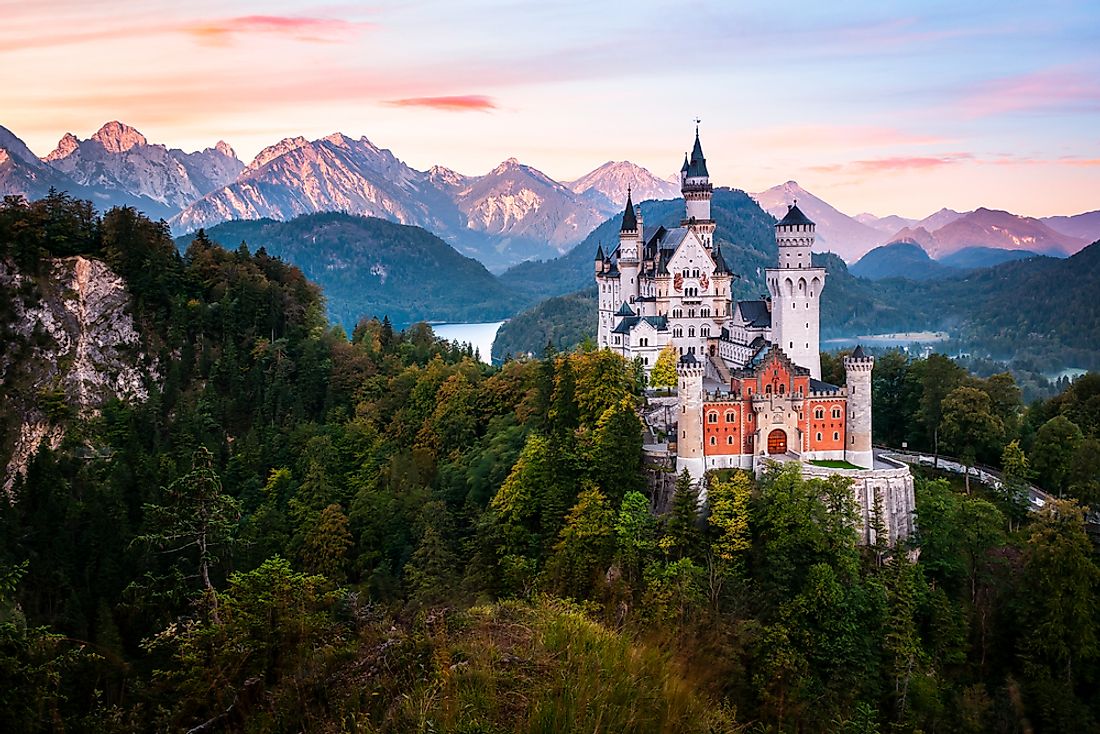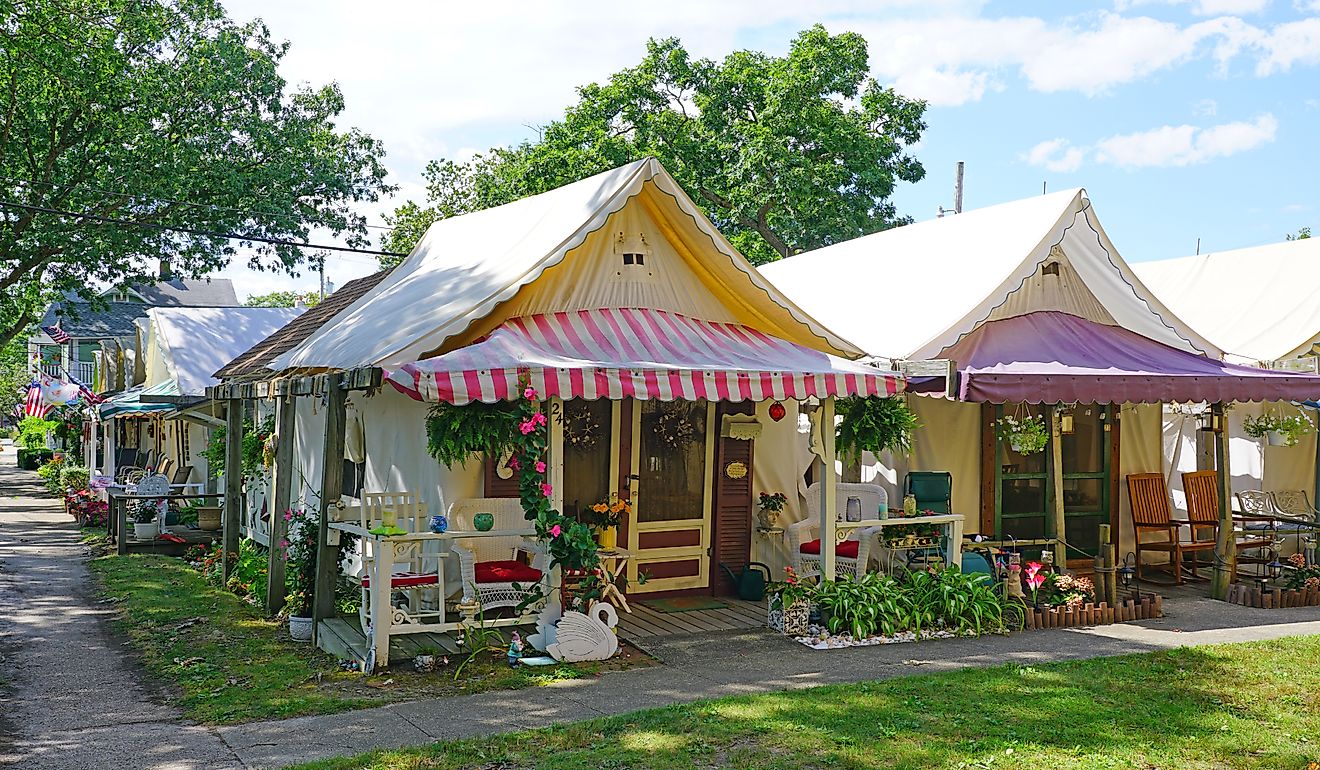Neuschwanstein Castle, Germany - Unique Places around the World

5. Description
This world-renowned castle was built for King Ludwig II of Bavaria, and served as his private refuge. Construction began in 1869 and ended in 1892, though it was not actually completed. Neuschwanstein Castle is located just outside of Hohenschwangau, close to the Ammergebirge Nature Reserve in Bavaria. The enchanted atmosphere of the castle permeates its many rooms and grounds, as it has remained largely unchanged since the last king himself was in residence. The best time to experience the castle's rarefied atmosphere is in Autumn, when the weather is concurrently just cool enough and just warm enough, and the fall foliage is perfect. Summer is also a great time to visit, but most days are fairly crowded.
4. Tourism
Almost 1.4 million visitors walk through the castle’s many rooms and its breathtaking grounds year after year. The average individual tourist may either join a group tour, or opt to go it alone and save money. Booking a ticket online and picking it up at the ticket office in Hohenschwangau is the best and cheapest option, as doing so will allow a visitor a guarantee of securing a tour. Purchasing your ticket at the ticket office in person won't guarantee you a tour on the same day. A tourist coming from Munich can take the 9:52 AM train to Fussen. Once there, they will take Bus 78 to the ticket center in Hohenschwangau. From there, another bus goes to the castle itself. Souvenirs at Hohenschwangau range from postcards and posters to mugs and snow globes. Special DVDs and print media are also available. In addition, there are also two souvenir shops in the castle itself, where the tourists can find even more inimitable items, though they are higher-priced.
3. Uniqueness
Neuschwanstein Castle became the dream world that the Bavarian king escaped to after he his ceded power to the Prussians in 1866. Although this castle was not built for presentation, the architecture and interiors are more than enough to impress even the most judicious visitors of his time and ever since. The visitor to this castle will surely find enough extravagance and magnificence to make their visit worthwhile. Two examples of this are the blue and gold Throne Room and the Singer's Hall. Symbolic of the castle are the king's spiritual pursuits towards religious fulfillment and kingship as well, the evidence of which is seen reflected in numerous pious motifs. Here, Richard Wagner's celebrated operas are also represented in artworks depicting kings, knights, poets and lovers.
2. Habitat
The area surrounding Neuschwanstein Castle also offers a number interesting natural marvels to behold. The proximate Bavarian Forest has about 2,502 native ferns and flowering plants, including the famous Edelweiss, and the Gentian, which is the national flower of Bavaria. Animal life also abounds in the area, and ranges from Alpine cows, marmots, and goats on land, to trout in the waters, to ravens and butterflies in the air. Apart from the natural beauty, those tourists who prefer the indoors can browse the souvenir shops around the castle’s ticket office in Hohenschwangau. Many of these souvenirs further herald the splendor of the Great Bavarian Outdoors.
1. Threats
There are some risks involved in touring the castle. One of these arises from people commonly pushing their way along the Marienbrucke Bridge, which affords great views of the surrounding Bavarian Forest. Another is catching a cold amidst the weather and masses of tourists. On the other hand, human impacts also pose threats to the preservation of the site. Tourists pose a danger to the castle itself when they touch and handle objects inside the interior of the castle, as oil from human skin can degrade them and careless individuals may break artifacts. The weather in the area around the castle is also often quite harsh, and has affected both the structure's foundation and its limestone facade. To address this problem, management has made plans to undertake renovations over the next few years.











